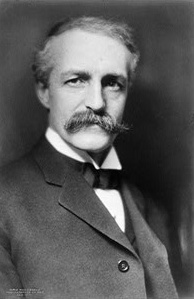
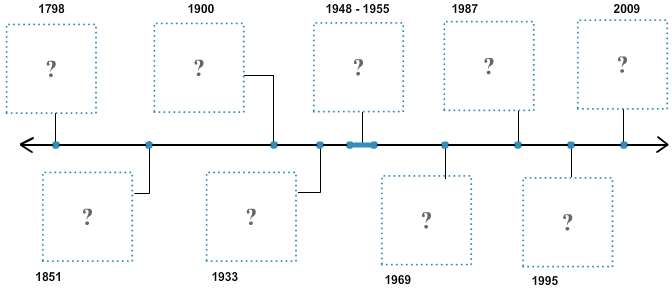

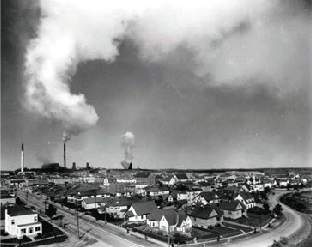

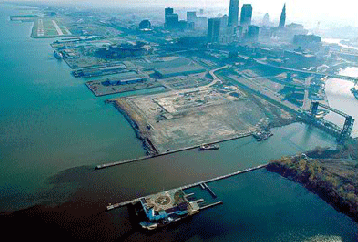
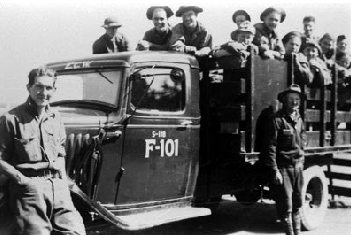
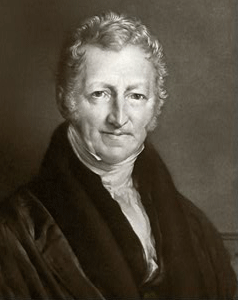
![]()
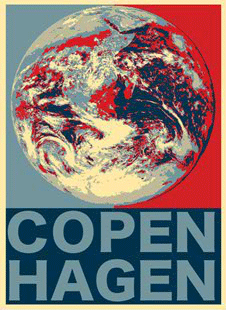
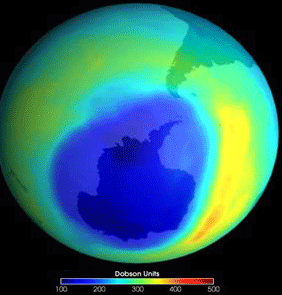
?
?
?
?
?
?
?
?
?

Teddy Roosevelt and his forester Gifford Pinchot characterized the era with ideas about conserving large tracts of land and putting other forests to "wise use."

Deadly smog episodes in Donora Pennsylvania, London, New York, and Los Angeles create the perception that an air pollution crisis is underway. The first international air pollution conference is held.

Political standoff between conservative and liberal factions in Congress ended more or less in a draw, with strong national opinion polls favoring environment over economic development. A Gallup poll finds 76 percent of Americans call themselves "environmentalists."

A burning river ends the decade as a dramatic symbol of an environment on the brink. Oil and chemicals in the Cuyahoga River in Cleveland, Ohio catch fire. Flames from the fire are reported to have topped five stories.

Civilian Conservation Corps is founded by FDR during the depression.

Thomas Malthus predicts that eventually, food and resources will run out as populations explode.
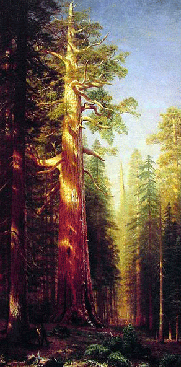
Conservation of wilderness areas begins with the felling of an enormous tree, called the "Mother of the Forest". The outrage over the act leads to calls for a national park system.

Global climate change becomes a pressing priority, as scientists issue increasingly serious warnings about their observations of the changing climate; but the scientific process stumbles over relatively minor mistakes made under increasing media scrutiny. Attempts at international agreements fail at Copenhagen, but world leaders continue attempting to bridge gaps in policy approaches.

Ozone depletion from fluorocarbons is finally taken seriously, even by conservatives like Ronald Reagan and Margaret Thatcher of Britain, who join others in signing the Montreal Protocol(Warnings about global climate change become more convincing as evidence mounts).